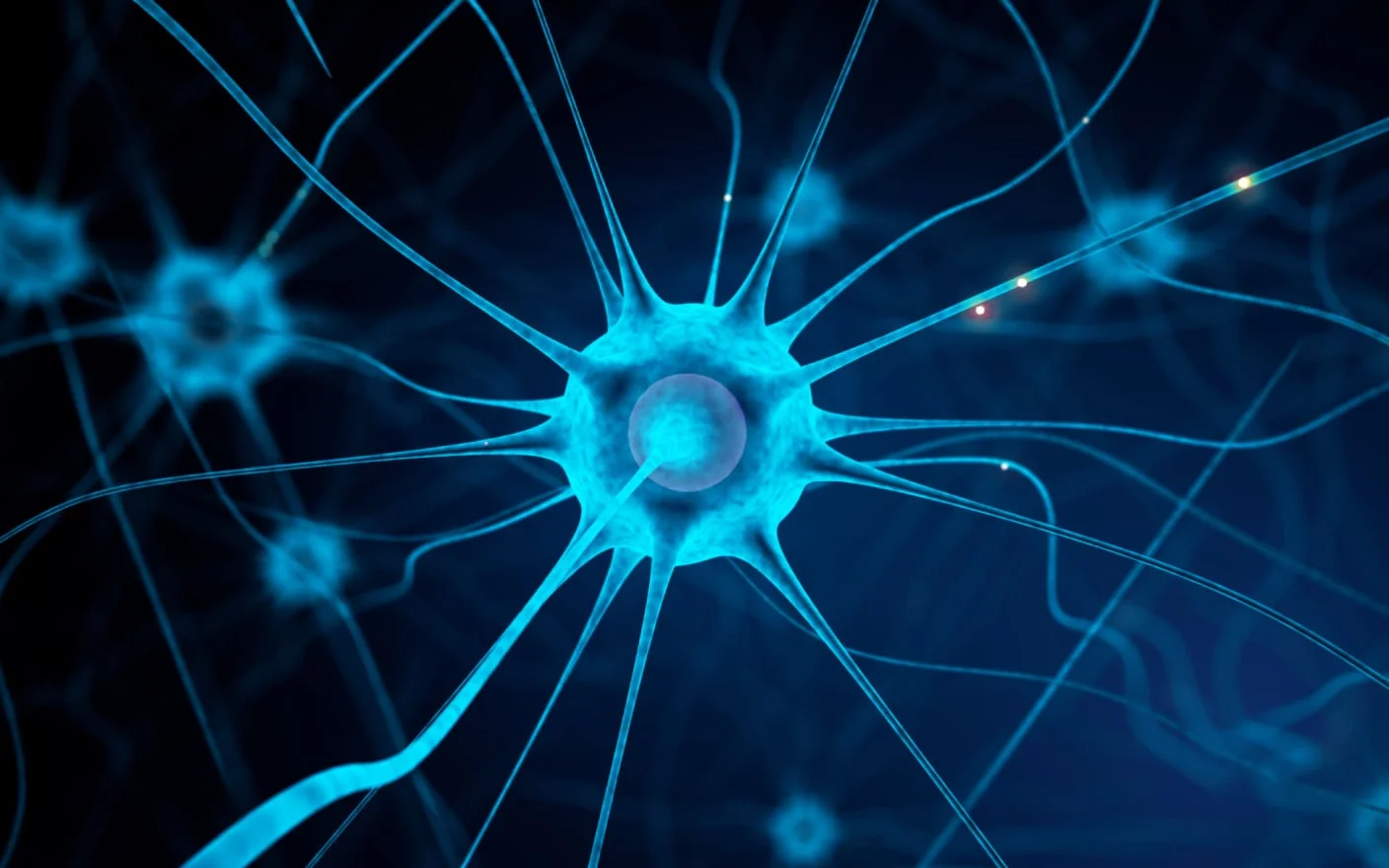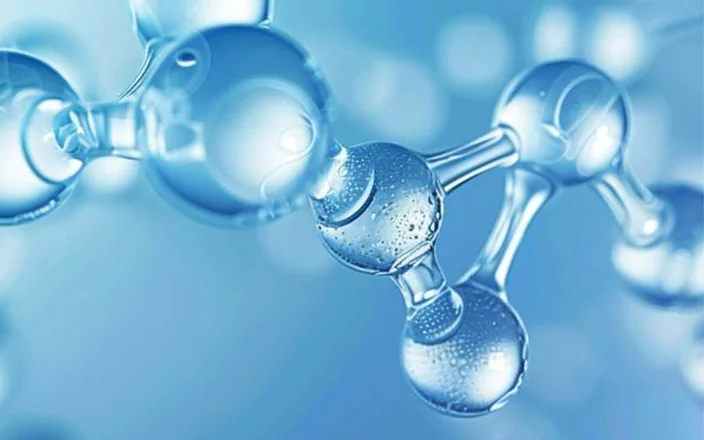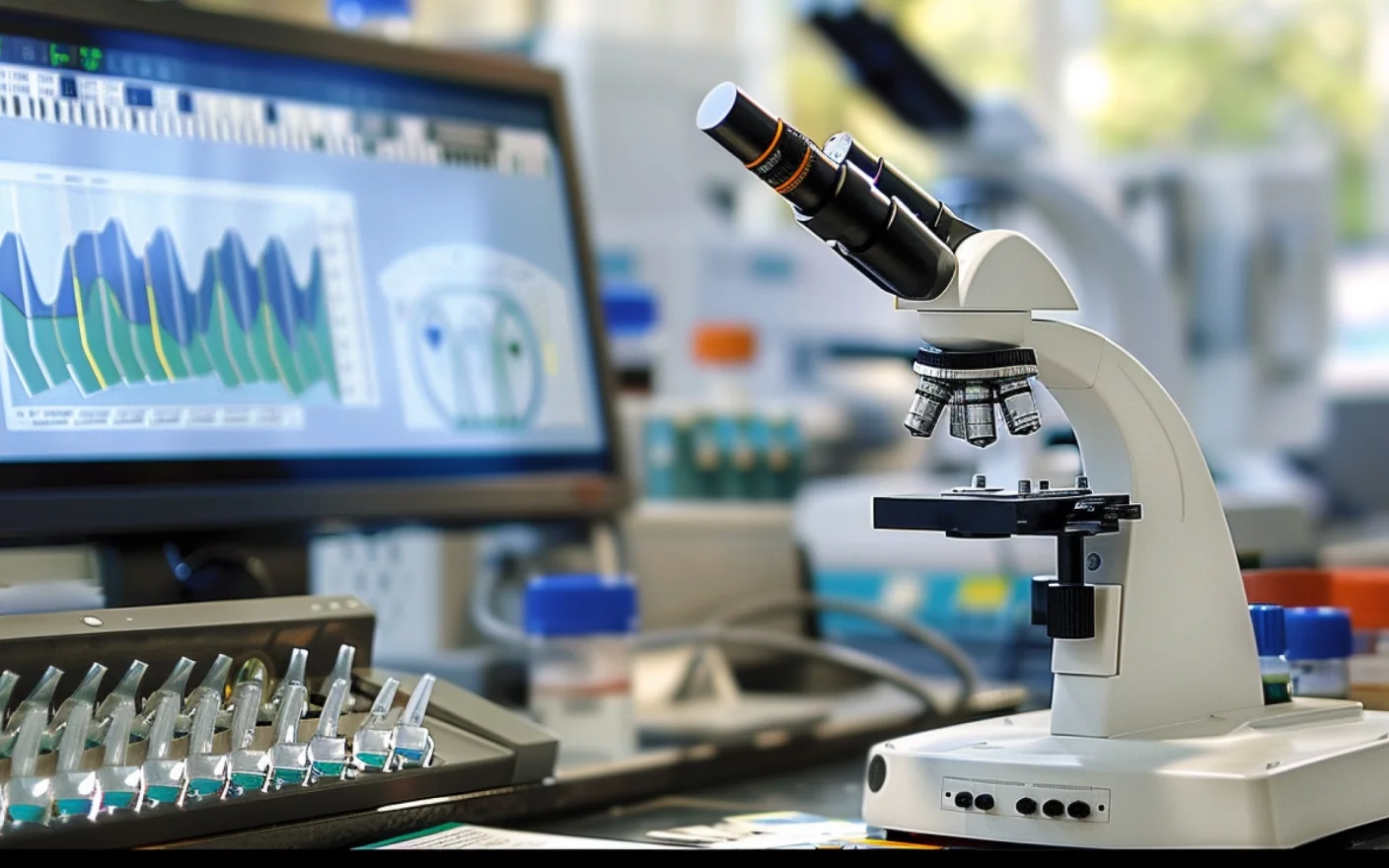Hemolysis, the rupture of red blood cells during plasma preparation, can result in different degrees of hemolytic reactions. When hemolysis occurs, physiological components such as lipids and enzymes in erythrocytes enter the plasma, affecting the accuracy and reliability of analyte detection in terms of matrix effect, extraction recovery rate, stability, and other aspects. In this article, we will summarize several scenarios where hemolysis affects the quantification of analytes and provide corresponding solutions.
What is hemolysis and its causes?
Plasma is separated from whole blood after the addition of anticoagulants and centrifugation, appears light yellowish, serves as a major biological matrix for drug analysis. The cause of hemolysis is related to multiple factors, including the physiological changes in the body (such as osmotic pressure, pH, and plasma components) and operations during sample collection, transportation, and storage. For example, using small-caliber blood collection needles can cause red blood cell rupture due to the vacuum effect. Insufficient separation causing trace erythrocytes left in the plasma, chemical damage (such as ethanol and citric acid), and the impact of certain drugs (such as antibiotics, sulfonamides, and nonsteroidal anti-inflammatory drugs) can also lead to hemolysis. Figure 1 shows different degrees of hemolysis, and the extent of hemolysis can be determined by a colorimetric test after plasma sample preparation [1].

Figure 1. Hemolysis degree colorimetric chart [1]
Effects of hemolysis on bioanalysis and its solutions
Hemolysis can affect the accuracy and reliability of bioanalysis. The ICH provided requirements for the selectivity and matrix effect assessment of hemolyzed matrices in the ICH guideline M10 on bioanalytical method validation and study sample analysis. We simulate hemolyzed plasma by adding whole blood (at least 2%, v/v) to the plasma matrix and assess the matrix effect caused by hemolysis. Here is a summary of the main effects of hemolysis on the analysis of analytes and how we can address them.
-
Matrix effects: Hemolysis can cause the release of substances such as glycoproteins, hemoglobin, bilirubin, and phospholipids, leading to extra matrix effects. This can be resolved by optimizing the liquid chromatography-mass spectrometry conditions or modifying the sample extraction procedure.
-
Extraction recovery: Hemolysis can affect the extraction recovery of analytes with high hemoglobin binding. This can be improved by adding appropriate additives.
-
Stability issues: Enzymes and hemoglobin in red blood cells can enter the plasma during hemolysis, potentially causing stability issues for the analyte. These issues can be resolved by adjusting sample pH, adding enzyme inhibitors, antioxidants, and other additives to inactivate the enzymes or prevent oxidation reactions.
-
Impact on detecting analytes with high blood-plasma distribution ratio or special analytes like liposomes: The concentration of these analytes in erythrocyte/encapsulated state is much higher than in plasma. Therefore, if hemolysis or liposome rupture occurs, it will severely affect the accuracy of the analytes' determination in plasma. In such cases, caution should be exercised to avoid hemolysis from the very beginning.
#1 Matrix effects
In bioanalysis based on liquid chromatography-mass spectrometry platforms, when components released from hemolysis, such as glycoproteins, hemoglobin, bilirubin, and phospholipids, co-elute with the analyte in the liquid phase, they can affect the peak shape of the analyte and subsequently suppress or enhance the chromatographic signal. To solve such problems, the following strategies are usually employed: 1) adjusting LC-MS/MS conditions, 2) changing extraction methods, 3) diluting the sample, and 4) reducing the injection volume, among others.
For instance, the deuterated internal standard of atorvastatin cannot be baseline-separated from its interfering peak in hemolyzed plasma (Figure 2)[1], and the signals of olanzapine and its deuterated internal standard in hemolyzed plasma are unusually low (Figure 3)[1]. For these two cases, the issues can be resolved by optimizing liquid chromatography-mass spectrometry conditions and applying liquid-liquid extraction instead of protein precipitation, respectively.

Figure 2. Chromatograms of atorvastatin and its deuterated internal standard in different liquid chromatography gradients [1]

Figure 3. Chromatograms of olanzapine and its deuterated internal standard after different sample preparation methods [1]
#2 Extraction recovery
The extraction recovery rate with high hemoglobin binding may decrease. This can be solved by adding reagents such as supersaturated salt, strong acid, strong alkali, or surfactant to compete for the binding sites, prevent the analyte from binding to hemoglobin, or disrupt the protein structure.
For instance, artemisinin and its derivatives are prone to bind with heme in erythrocytes. Adding 0.2% Tween-100 during the protein precipitation process can ensure consistent extraction recovery rates of the analyte in both regular and hemolyzed plasma.
#3 Stability issues
When hemolysis occurs, unique enzymes and heme in the erythrocytes enter the plasma, potentially causing stability issues with the analytes. This can be solved by adjusting the sample pH, adding enzyme inhibitors, antioxidants, and other additives to inactivate the enzymes or prevent oxidation reactions.
(1) Most analytes undergo in vivo metabolic processes involving enzymes. These enzymes can remain active in ex vivo matrix, leading to analyte degradation. Additionally, the enzymes unique in red blood cells can affect the stability of some analytes, as shown in Table 1.
|
Enzyme Type |
Analyte |
|
Peroxidase, Superoxide Dismutase |
Fat-soluble vitamin A[3] , Hypoxanthine |
|
Acetone Kinase |
Carbohydrates |
|
Glucose-6-Phosphate Dehydrogenase |
Carbohydrates |
|
Esterase |
Esterase-sensitive analytes |
Table 1. Enzymes released from red blood cells during hemolysis and their affected analytes
Typical solutions to these problems include 1) adjusting sample pH and 2) adding enzyme inhibitors (such as phenylmethanesulfonyl fluoride, protease inhibitors, diisopropyl fluorophosphate) or antioxidants (such as ascorbic acid and citric acid).
(2) Heme, which constitutes hemoglobin, is transformed into a ferric heme under the action of oxygen, and its chelated divalent iron is oxidized to trivalent iron, which can react with the phenolic hydroxyl function group of the analytes to generate free radicals. This affects substances with phenolic hydroxyl structures, such as opioids, norepinephrine [1], and epinephrine.
For example, morphine is easily oxidized when exposed to air, producing pseudomorphine and morphine N-oxide. When morphine is present in hemolyzed plasma, trivalent iron ions react with the phenolic hydroxyl part of the structure, further exacerbating the oxidation of morphine [4], as shown in Figure 4. The addition of antioxidants like ascorbic acid or citric acid to the plasma could avoid this oxidation reaction.

Figure 4. Oxidation process of morphine
#4 Special analytes
Avoiding hemolysis from the source can reduce the impact of hemolysis on the accurate detection of special analytes with a high whole blood-plasma distribution ratio or liposomes drug.
(1) There is a certain distribution ratio of the analyte concentration in whole blood and plasma. If the whole blood-plasma distribution ratio of the analyte is high (such as methazolamide, cyclosporine A, indapamide, etc. [5]), then when hemolysis occurs, the analyte originally distributed in the erythrocyte will escape into the upper plasma layer, leading to an increase in the concentration of free analyte in the plasma, as shown in Figure 5. Therefore, it is necessary to avoid hemolysis during sample collection.

Figure 5. Distribution of analytes with a high whole blood-plasma distribution ratio in hemolyzed plasma
(2) Liposomes are hollow spherical structures composed of phospholipid bilayer molecules that encapsulate free drugs. If conditions in the plasma lead to cell membrane rupture, liposomes may rupture to a certain extent, releasing the encapsulated free drugs, which will significantly impact the detection concentration of analytes. Therefore, gentle operation is required to avoid hemolysis during the sample collection process of liposome drugs.
A final word
In bioanalysis, understanding and evaluating the impact of hemolysis is essential, particularly focusing on the matrix effects, extraction recovery, stability, and special analytes. The ideal solution is to prevent hemolysis at the source by paying more attention to operations during blood collection, centrifugation, and other steps. If hemolysis cannot be avoided, the impact of hemolysis on the analyte in plasma analysis needs to be taken into consideration to ensure the accuracy and reliability of bioanalytical results.
Talk to a WuXi AppTec expert today to get the support you need to achieve your drug development goals.
Authors: Rui Wu, Zhengzhen Gao, Jinlian Lu, Lingling Zhang, Lili Xing
Committed to accelerating drug discovery and development, we offer a full range of discovery screening, preclinical development, clinical drug metabolism, and pharmacokinetic (DMPK) platforms and services. With research facilities in the United States (New Jersey) and China (Shanghai, Suzhou, Nanjing, and Nantong), 1,000+ scientists, and over fifteen years of experience in Investigational New Drug (IND) application, our DMPK team at WuXi AppTec are serving 1,600+ global clients, and have successfully supported 1,500+ IND applications.
Reference
[1] Nicola C Hughes, Navgeet Bajaj, Juan Fan & Ernest YK Wong. Assessing the matrix effects of hemolyzed samples in bioanalysis[J]. Bioanaly-sis,2009,1(6):1057-1066
[2] ICH guideline M10 on bioanalytical method validation and study sample analysis -May 2022.
[3] HUANG Hefei, LI Jiaxing, GU Ye, LI Zedong, LI Junyu, XIA Yuelian, LYU Xiaobo.Effect of hemolysis on the determination of vitamin A, E,D, K in serum by liquid chromatography tandem mass spectrometry Contemporary Medicine,Feb.2021,Vol.27 No.4 Issue No.591
[4] Eugénie-Raphaëlle Bérubé, Marie-Pierre Taillon, Milton Furtado & Fabio Garofolo.Impact of sample hemolysis on drug stability in regulated bioanalysis[J]. Bioanalysis, 2011, 3(18): 2097
[5] Huan Ma, Qinghua Ge. Biological analysis method of special matrix samples and endogenous substances. Chinese Journal of Pharmaceuticals 2017,48(10)
Stay Connected
Keep up with the latest news and insights.











